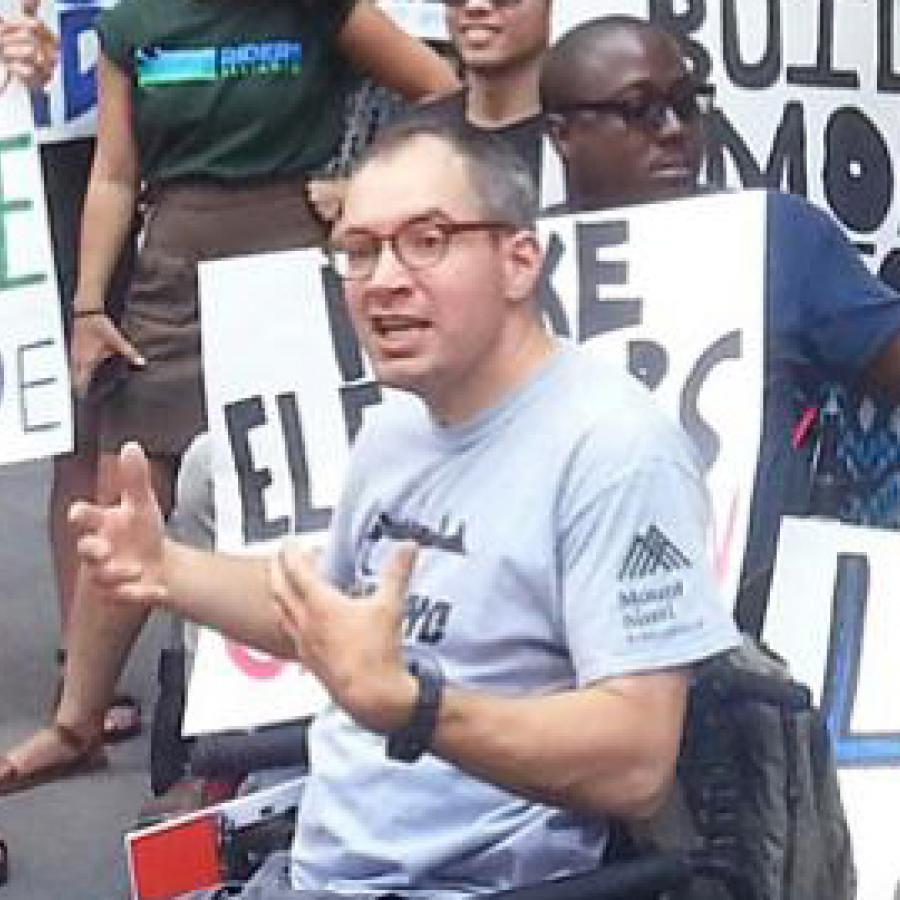The Curb-Cut Effect
Everyone benefits in a society experiencing the Curb-Cut Effect. First documented as the response to the advocacy of people in wheelchairs, these sidewalk indentations turned out to benefit many: those pulling suitcases on wheels, pushing babies and young children in strollers, bikers, workers with large racks making deliveries, and many others. The Curb-Cut Effect is a vibrant illustration of how laws and programs designed to benefit vulnerable groups, such as the disabled or people of color, often end up benefiting all. That creation underscores a foundational belief: we are one nation, we rise or fall together.
Without equity, there can be neither progress nor prosperity. Despite years of politicians insisting otherwise, the laws of economic gravity have always run in reverse. Opportunity doesn’t trickle down; it cascades out and up.
The Curb-Cut Effect, in its essence, asserts that an investment in one group can cascade out and up and be a substantial investment in the broader well-being of a nation -- one whose policies and practices create a multiracial democracy, equitable economy, and thriving communities.
"Equity: Not a Zero-Sum Game", by Angela Glover Blackwell, author of "Curb-Cut Effect", published in Stanford Social Innovation Review, Winter 2017.
